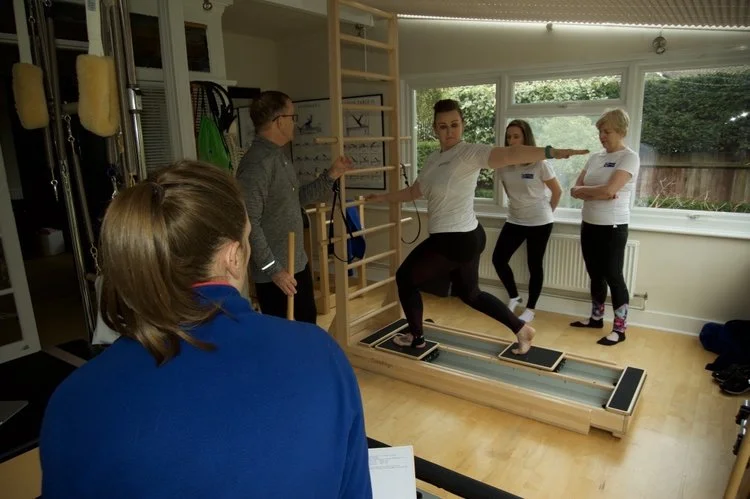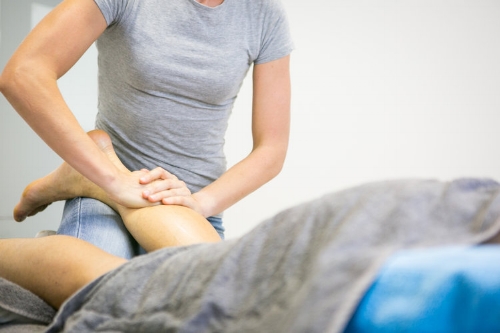HOW DOES CRANIAL OSTEOPATHY FOR BABY WORK ?
Cranial osteopathy is a very gentle and holistic approach which focuses on the root of the problem.
The aim is to remove any tensions that may have occurred during pregnancy and/or delivery and restore proper balance and alignment of the body to optimise health and wellbeing.
With gentle and appropriate techniques, the osteopath will re-balance the baby's tensions by working on the whole body (skull, spine, abdomen, pelvis, lower and upper limbs.) It can also release the tensions around the mouth (jaw, throat, soft palate) to allow your baby to breastfeed and bottle feed easily if having difficulty.
WHAT SYMPTOMS DOES AN OSTEOPATH SUPPORT?
Newborn and infant treatment eases the physical stresses from pregnancy and birth and is effective for:
Trauma from difficult delivery (very long or short delivery, ventouse or forceps interventions.)
Breastfeeding challenges (latching difficulty, preference for feeding on one side.)
Crying, fussiness, difficulty settling, colic, sleep disturbances.
Digestive issues (reflux, gas, constipation)
Head shape asymmetries and congenital torticolis.
It is beneficial to have your newborn checked by your osteopath, even if no symptom has appeared, so as to anticipate future disorders.
Indeed, some of the problems developed in childhood can be anticipated.
FROM WHAT AGE CAN MY BABY SEE AN OSTEOPATH?
There is no minimum age. You can take your baby to an osteopath from birth.
If you have any particular concern, the sooner the better.
The sooner the baby is seen, the easier it will be to detect and release the tensions that may upset the balance of his body and eventually create various inconveniences.
But it’s never too late for your baby have an osteopathic treatment.
WHAT ABOUT TODDLER AND OLDER CHILDREN ? IS IT TOO LATE?
For toddlers and older children treatment can help with:
it’s particularly beneficial after significant falls, and head or tailbone injuries, to release strains in the tissue and prevent compensatory postural changes.
The onset of puberty can exacerbate trauma experienced during birth and childhood, manifesting in structural or functional disturbances such as scoliosis, headaches or difficulty concentrating.
Sports, carrying heavy schoolbags, and computer and video game use can also lead to injuries and imbalances.
WHAT HAPPENS DURING A SESSION WITH AN OSTEOPATH?
Your babies first appointment will be one hour. We will take a comprehensive case history, asking you questions about your concerns, the pregnancy and birth history, baby’s medical history and family history.
Then we will perform a gentle examination of your baby looking at your babies joints and muscles throughout the body, we will also examine the cranial bones of the skull, look inside your baby mouth for a tongue tie for exemple (and refer to a specialist if needed)...
Then we treat accordingly by gently correcting areas of tension to allow baby to continue its good development and prevent future malfunction.
In some cases, we might refer you to your GP or paediatrician for further screening or treatment if needed.
WHAT CAN I EXPECT AFTER A SESSION?
The treatment rebalances certain dysfunctions in your baby’s body and he then will be adjusting to his new equilibrium.
After the session, your baby will certainly be tired. Each baby will react differently.
Some babies will be very sleepy after their session, others will be agitated, will have a transit disrupted for a few days, or will be hungry ..
Within 1 to 3 days, once he has fully recovered from the session, baby's behavior will be normal again.
The result may be immediate or take few days after the session to be complete.
In some cases it may need a couple of sessions.
Written by Sabrina Peyandana, Paediatric Cranial Osteopath.
Sabrina runs a Mum and Baby Clinic every Tuesday with Lactation Consultant Katherine Fisher from 9:30-11am at the Osteopathic clinic in Croydon.

















